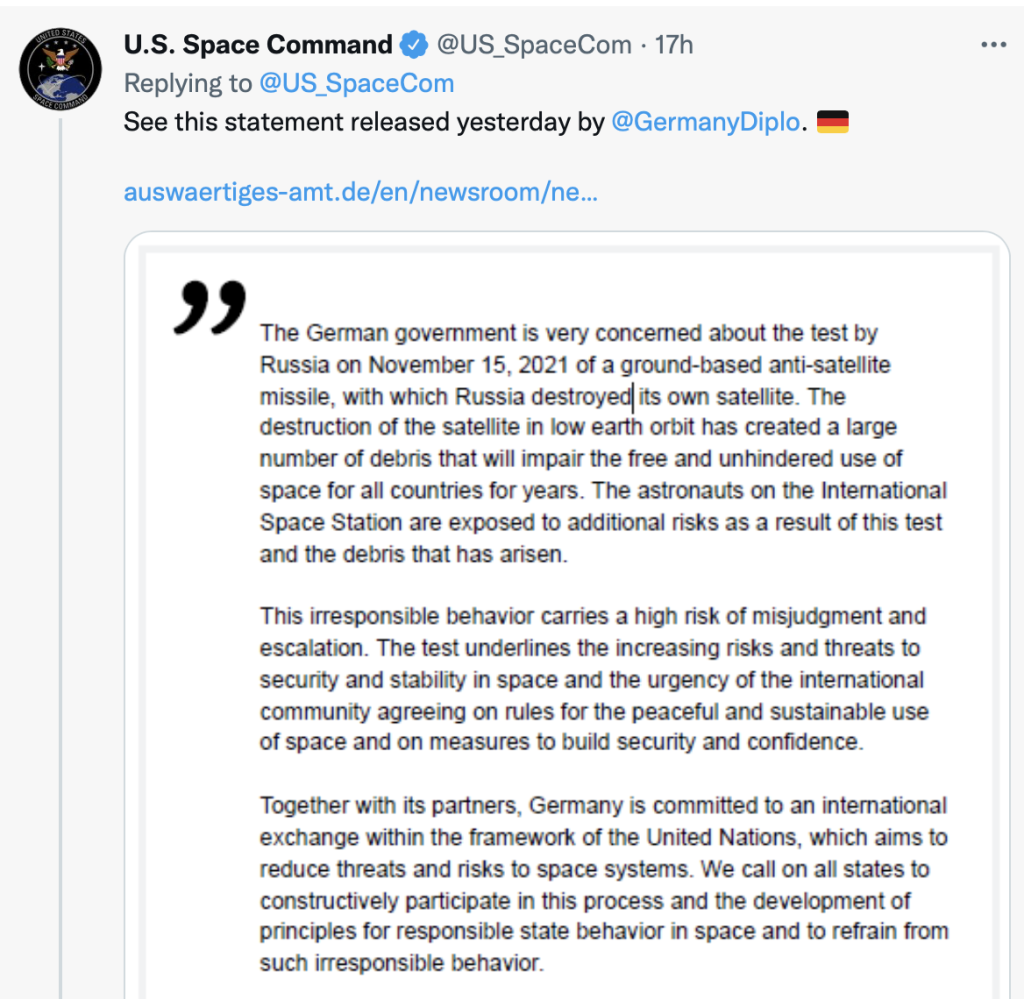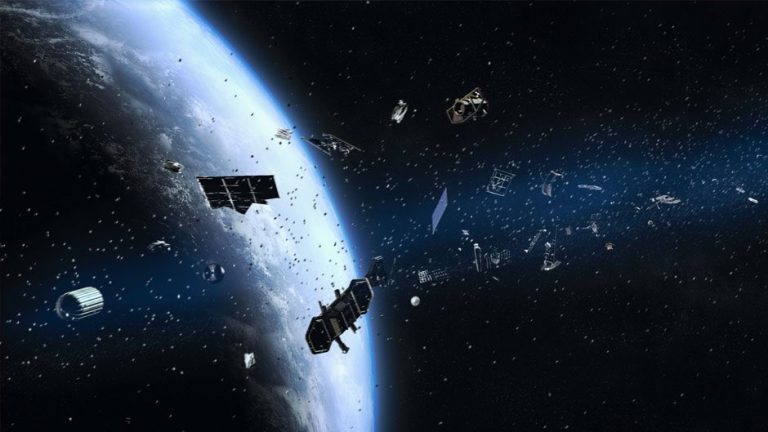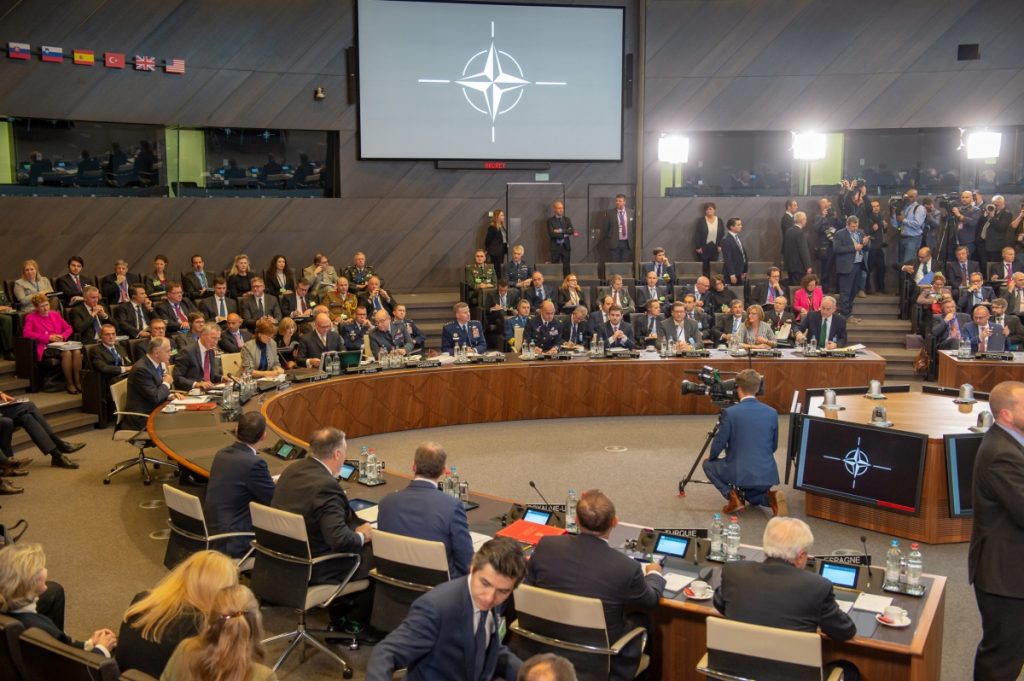On the 15th of November, the U.S. Space Command has released a statement confirming, that Russia has conducted yet another anti-satellite missile test. It looks like Kremlin is sending a clear signal to the West that it is still in the game and ready to play a vital role in the future global architecture. Obviously the United States is seeing such moves as a threat to its security as GPS satellites and satellites in general are a vital part of the nation’s defence structure.
What has actually happened?
The test has been conducted on the 15th of November, Moscow Standard Time. During the trial, a direct-ascent anti-satellite (DA-ASAT) missile hit a Russian COSMOS 1408 (other names: Tselina-D; 13552) satellite. During its operation period, it was an ELINT (Electronic and Signals Intelligence) satellite, and it was launched from Plesetsk cosmodrome on the 16th of September 1982. The satellite was quite heavy and weighted around 2200 kg. According to NASA, “It was designed to determine the precise location, activity, and other details of radio emitters. Data would be stored onboard and downloaded to Soviet ground stations.”
Due to the size of the satellite, the impact has left the surrounding space with over 1500 pieces of trackable space debris which could be counted from earth. Furthermore, the test will likely generate hundreds of thousands of pieces of smaller orbital debris, at least that is the Space Commands assessment.

One of the biggest problems is that the satellite was hit in the Low Earth Orbit (LEO, which already has more junk than operational satellites, as a recent study shows. In the coming years the situation might get even worse as the predictions show us that the mega constellations trend will be continued. Starlink is leading the pack, but more companies will follow, and the LEO will be crowded as a busy marketplace. Adding debris to the mix makes things even worse.
We might have an even bigger issue than space debris
Since ages, the one that had the high ground had the advantage in battle. At first, it was literally the higher ground. An army situated on a hill had an advantage over the opposing forces located lower. Later on the aircraft that could fly higher could zoom in and out of the fight and the last leg of this era was the U-2. It was supposed to fly so high that it would be impossible to destroy. Then came the satellite age, and it looked like we have got to a point where there was some sort of balance. There were agreements that should stop the militarization of space, but when there is an opportunity, most certainly someone will use it.
The strategic pause that we have enjoyed for the last 30 or so years is long over, and it seems that space will be militarized. Not only by the Russians and Chinese armies but also by the United States, as it can’t stay behind its possible future opponents. There are ongoing rumours that Washington was ready to conduct some sort of spectacular test in space which would be a show of force, but the Afghanistan withdrawal has put a halt to this plan.
One way or the other, the militarization of space is a fact. Besides Russia also the US can shoot down satellites. The same capability was obtained by India, which launched its own test back in 2019. To make things even worse, both Russia and China have additional space based systems that can fly to a satellite and damage it. But this is not the end. It gets even worse.
The next step in space arms race
There are already plans to put bases on the moon and obviously the military will join this endeavour as it will give yet another upper hand in a possible future crisis. An even more interesting concept is a base located between the moon and earth in a place called the Lagrange point. A space object located exactly in that place would be caught between the gravity forces of earth and moon and could stay there without any rocket engines assistance. This could be a perfect military outpost, an ultimate high ground.

The question that we should be asking is not if we will get there, but when we will get there. We should also think about the winner of this race. At this point, China is going strong and is at the lead of the space exploration and its companies are only gaining momentum. Can the US make another stunt like in the Kennedy era and regain the technological advantage over China? It is possible but won’t be easy. The industry has the capabilities to do it but will there be a political will to do it? Time will tell. One thing is certain. China won’t wait and hesitate. It’s marching forward and not looking behind.
Post Author
Author
-

Ph.D. in liberal arts in the field of military history, specializing in military aviation, analyst in the field of military aviation, defense, modern warfare geopolitics and security.
View all posts




